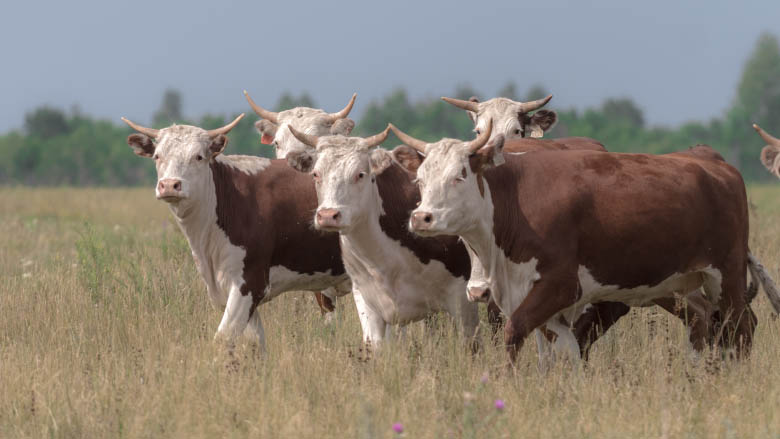Kazakhstan has impressive agriculture potential. It has the world’s fifth largest endowment of agricultural land: nearly 25 million hectares of arable land and over 70 million hectares of pasture land, of which only 30 percent is currently used. It also has sufficient water resources, a relatively clean natural production base that could generate high-quality products, proximity to large markets, and significant and growing investment in transport and trade corridors.
Today, the Government of Kazakhstan is looking to exploit the untapped potential of the agriculture sector (including livestock) for value-addition, exports, jobs, and inclusive and sustainable growth. Stimulating agricultural growth is considered to be an important driver of rural growth, with ancillary and spillover effects. However, to realize competitive and sustainable livestock exports, a number of critical investments and transformations are required, in both the public and private sectors.
The World Bank is stepping in to support Kazakhstan in developing this high-value export-oriented sector through the Sustainable Livestock Development Program for Results, which is focused on environmentally sustainable, inclusive, and competitive beef production in the country.
The five-year Program for Results (PforR) (2022–26) is designed to support the state Agro-Industrial Complex Development program and will be implemented by the Ministry of Agriculture of the Republic of Kazakhstan. The US$500 million loan, financed by the International Bank for Reconstruction and Development, will be disbursed on a PforR basis, a financing instrument specifically intended to strengthen and support government programs by using a country’s own institutions and linking the disbursement of funds directly to the achievement of identified program results.
The expected results are:
Results Area 1. Improve Veterinary Service Delivery and Animal Recording. The program will help to improve government systems and services oriented toward the public goods element of the valuable beef sector. This will be accomplished by increasing the efficiency and effectiveness of delivery mechanisms for animal health and veterinary services, specifically, an improved unified recording and traceability system and accessible capacity-building opportunities for veterinary services.
Results Area 2. Scale Up the Farmer-Centric Service Delivery Model. This results area will provide results-based support for the participation of households and individual farmers in export-oriented beef value chains.
Results Area 3. Implement Green Growth Policies in the Beef Sector. This involves results-based support for the gradual transitioning to policies and state support measures that promote the productivity and competitiveness of the beef sector and at the same time reduce pressure on the environment and mitigate climate impacts.
